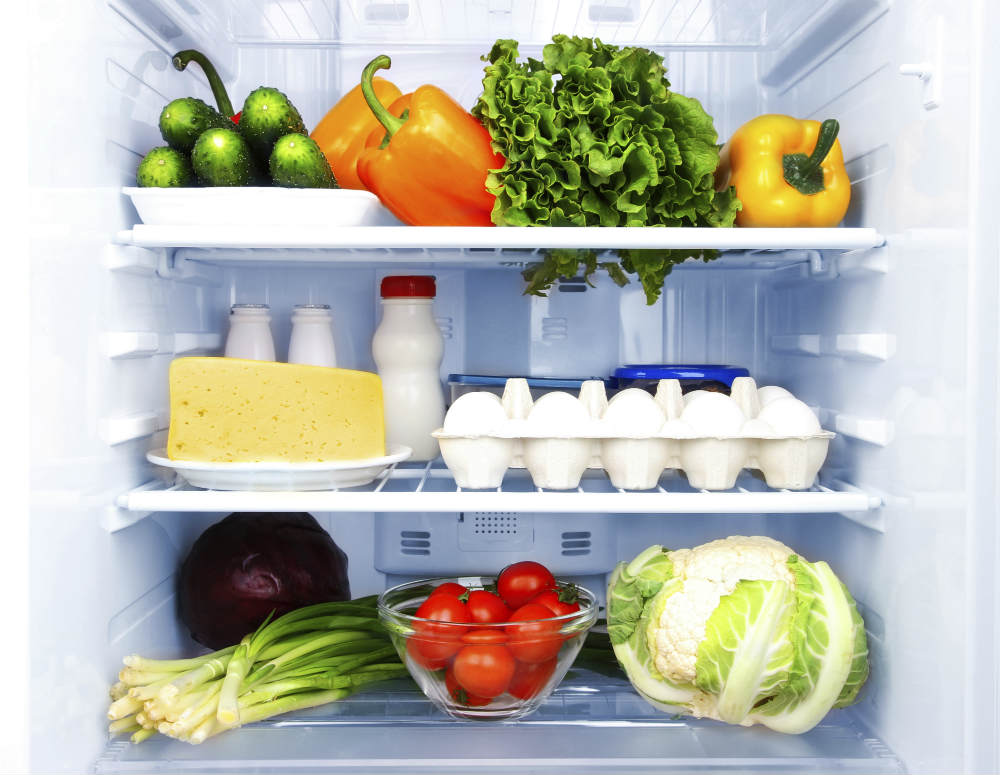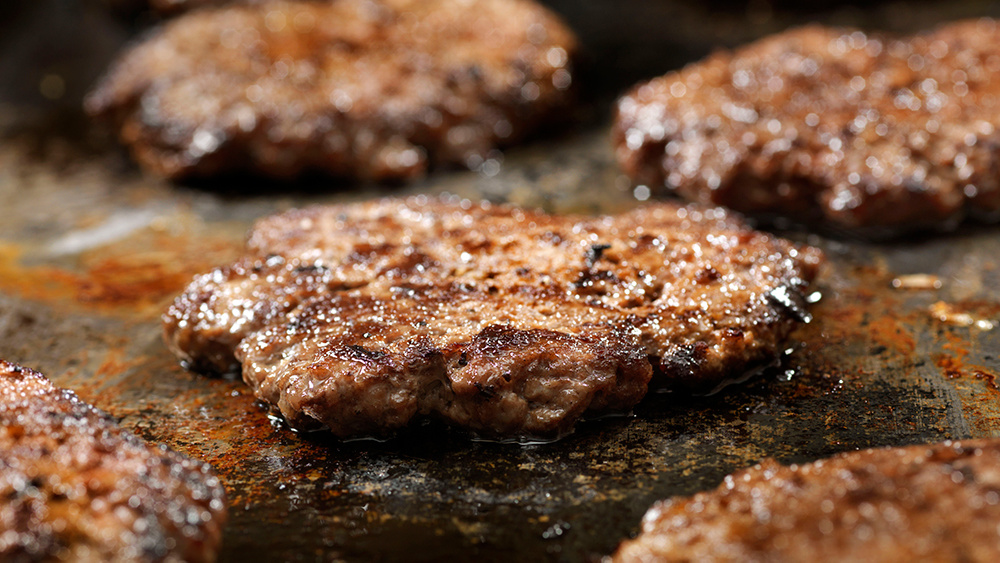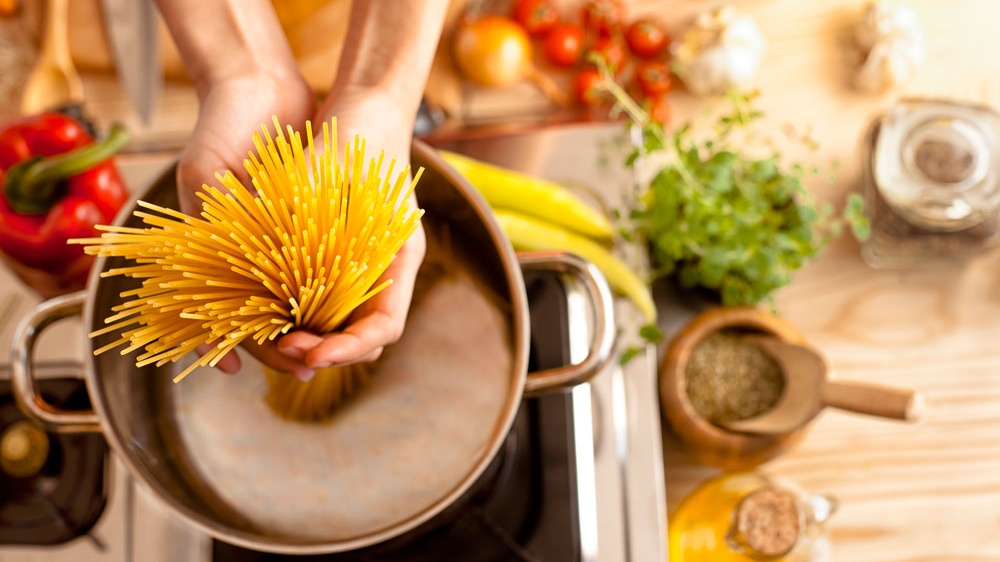What Happens to the Nutritional Value of Your Food Over Time?

 Add to favorites
Add to favorites
When I was a kid, my mother and I did all of the grocery shopping for the week on Saturday. My mother was cooking for seven kids, so the grocery cart was full to overflowing. During the week, the milk and dairy were delivered by the milkman. The egg lady brought the eggs, so what was in the cart didn’t even include those items. During the summer we went to the farm stand on the edge of town. So check that off the grocery store list, too. What was in the cart was mostly meat or anything we needed from the aisles of the store; the canned stuff or things in boxes.
My mother was concerned about food spoilage so that explained why we had chicken on Mondays. The chicken was the first to spoil.
But my mother and I never discussed how quickly the produce we selected would lose its nutritional value. We were mostly concerned with spoilage. Turns out spoilage wasn’t the only thing to keep track of.
As is always the case with the internet, when I started my research for this column I came across some conflicting information. Some writers profess that produce loses nutritional value at an alarming rate and some don’t. I try to stick with sources that cite studies or come from publications I trust.
For example, I came across this excerpt from an article published by the Chicago Tribune: “University of California studies show that vegetables can lose 15 to 55 percent of vitamin C, for instance, within a week. Some spinach can lose 90 percent within the first 24 hours after harvest.”
That doesn’t say much for the baby spinach I use in my salads. If the University of California is correct, the best I can say for the spinach I buy at the store is at least I get fiber!
Today must be a day when I am optimistic because I focused on some work published by Jane Lear, who was on staff at Gourmet Magazine for over 20 years. I have always found Gourmet Magazine to be a reliable source. Jane’s take is also backed up by published studies and bodes well for fruit in particular.
“According to an important study published in the Journal of Agricultural and Food Chemistry in May 2006, researchers were surprised to discover that fresh-cut fruit such as mangoes, pineapples, kiwifruits, strawberries, watermelon, and cantaloupe do not lose most of their nutrients—including antioxidants vitamin C, carotenoids, and phenols—when stored in clear plastic clamshell containers and refrigerated for a few days. They were compared to the same fruits, left whole, stored for the same duration but sliced or diced on the day of sampling.
In general, fresh-cut fruits visually spoil before any significant nutrient loss occurs,” wrote the researchers, who didn’t add any chemicals to prevent the fruit from oxidizing or losing its visual appeal. Here’s the rundown of how much vitamin C, for instance, each type of fresh-cut fruit lost in six days:
Mango, strawberry, and watermelon: less than 5%
Pineapple: 10%
Kiwi: 12%
Cantaloupe: 25%
And although the total content of carotenoids (antioxidants related to vitamin A) decreased in cantaloupe cubes and peeled kiwifruit slices during refrigerator storage for up to nine days, it actually increased in mango and watermelon cubes in response to light exposure.
And that brings me to an exciting discovery published just a couple of weeks ago in the journal Current Biology. A team of scientists at Rice University and the University of California at Davis has found that, for some days after harvest, cabbage, lettuce, spinach, zucchini, carrots, sweet potatoes, and blueberries continue to respond to circadian rhythms (day-night cycles of light), allowing them to alter levels of certain phytochemicals that protect them from being eaten by insects and other herbivores. Those same chemical compounds have anti-cancer effects when eaten by humans. It will be fascinating to see what the consequences are for everyone who stores produce, including growers, shippers, and sellers—whether at the farmers market or the grocery store.”
Jane also addressed some concerns for busy cooks who have to prepare food ahead of meal time. I agree with what Jane offered up so I am passing that along to you, too.
Preparing food ahead of time—a few helpful techniques, tips, and strategies
“Every smart, organized home cook knows that meals—or components of meals—made ahead of time are like money in the bank. And children who grow up eating delicious home-cooked food—even if it’s prepared in advance and reheated by a caregiver—are far more likely to cook for themselves when they are adults. A happy and grateful assortment of roommates, boyfriends, girlfriends, and spouses will have you to thank.
Blanching is one way to keep vegetables flavorful and crisp; you simply bring a pot of water to a boil and cook the vegetables—green beans, for instance—for a minute or so. But water-soluble vitamins (B complex and C) do leach into the cooking water and eventually go down the drain. To help protect those nutrients, avoid using too much water or cooking the vegetables too long. It also helps to repurpose the cooking water, so use it to make soup, rice, or pasta. You can even use it instead of oil to sauté broccoli rabe or broccoli after blanching. And remember, B and C vitamins are found in lots of foods. If your family eats a varied diet that includes both cooked and raw fruits and vegetables, they’ll receive plenty of both.
Steaming vegetables in a rack placed over simmering water is another way to go. Because the vegetables aren’t actually submerged in the water, they retain more water-soluble vitamins. You can reuse the cooking water from steamed vegetables as well.
Roasting vegetables couldn’t be simpler—simply toss the vegetables with a little olive oil, salt, and pepper and pop them in the oven at 375 to 400°. The high heat will caramelize (brown) them, turning them crisp around the edges and sweet. Many a child who says he or she hates vegetables has fallen hard for roasted carrots or slices of sweet potato.
(You’ll notice in most of my recipes I go the roasting route with vegetables. I find the flavor stays with the vegetables as they roast and the result is a deeper flavor than cooking any other way.)
Microwaving cooks vegetables faster than other forms of cooking and with very little added fat or water, so they generally retain more nutrients than they usually do. Using the microwave oven to reheat foods is also easy and quick.”
I am one of those people leery of microwaves. I use mine mostly to melt butter or soften cream cheese.
If you are lucky enough to have your own garden or have a farmer’s market nearby this body of information definitely supports the effort it takes to buy local.
And often.
I shop almost every day but I’m spoiled. I realize most folks can’t do that. So do your best to get the freshest and the most local you can. Buy what you can eat and don’t expect that celery sitting in the bottom of the produce drawer for a couple of weeks to offer much up in the way of nutrition.
Enjoy your fruits and veggies!
Cheers,

Nothing found.
Smash Burgers
ZS-5 Ingredients or Less,ZReboot,Featured Posts,ZSpecialties,Recipes
Smash burgers are all the rage. Step into a brew pub and you’ll likely find a smash burger on the food menu. These are NOT the huge, 8oz burgers we’ve been fed in the past. These are a thinner burger…
Nothing found.
Who Invented St. Patrick’s Day?
I always knew I was of Irish descent, but I never really knew HOW Irish I was until I got my 23 n Me results back.
Kitchen Hacks for Enjoying Lower Carb Pasta Meals
Enjoy your pasta; just don’t do it too often. Follow hints like this and you’re much less likely to gain weight.





